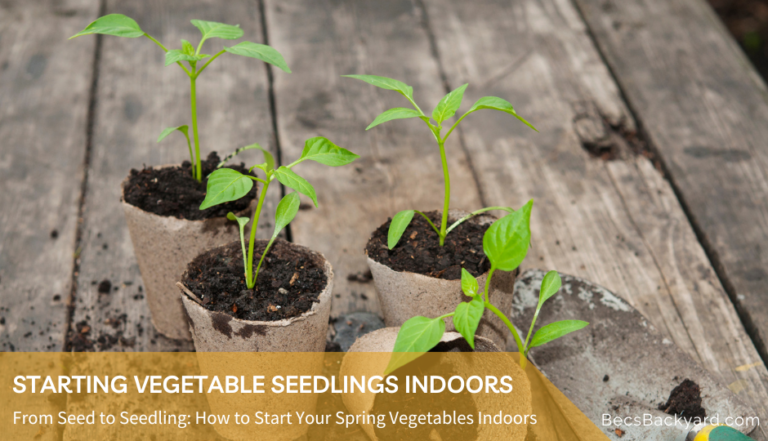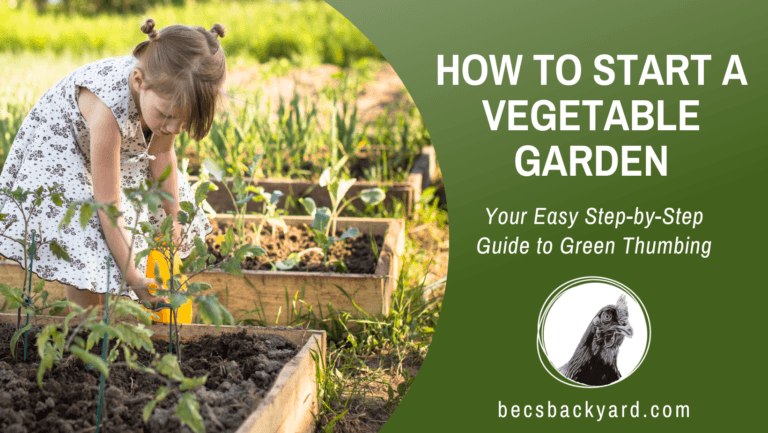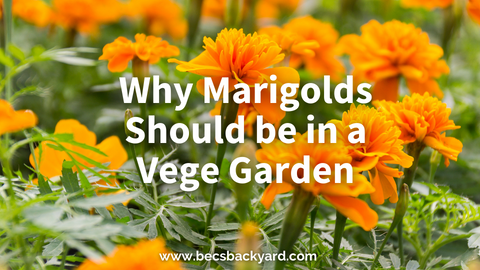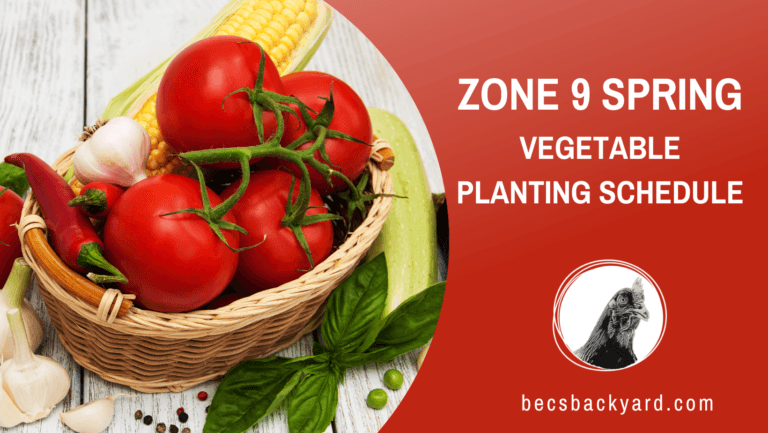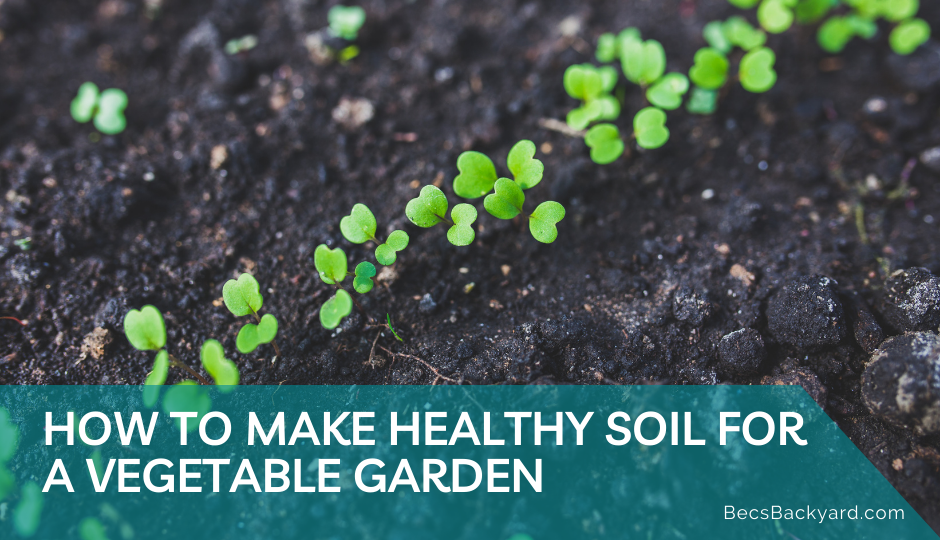Benefits of Companion Planting : Boost Your Spring Gardens Health and Productivity
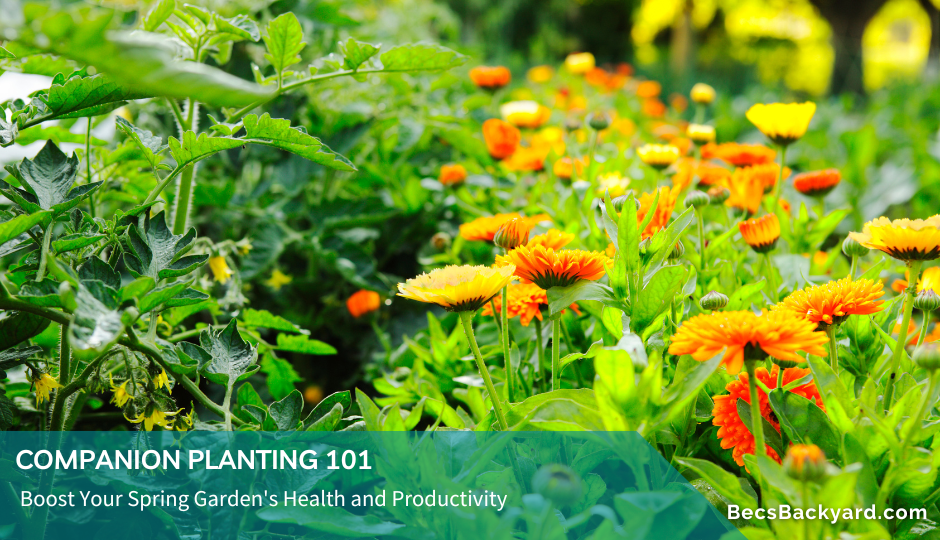
As a gardener, one of the best ways to boost your spring gardens health and productivity is through companion planting. Not only does it help your plants grow better, but it can also improve soil health and control pests. In this post, we’ll cover everything you need to know about the benefits of companion planting and how to get started. Let’s get into it…..
What is Companion Planting?
This is the practice of planting different crops next to each other to create a mutually beneficial relationship. This can be done for a variety of reasons, such as pest control, soil health, and improved growth. This strategy has been used for centuries and is a natural way to help your garden thrive.
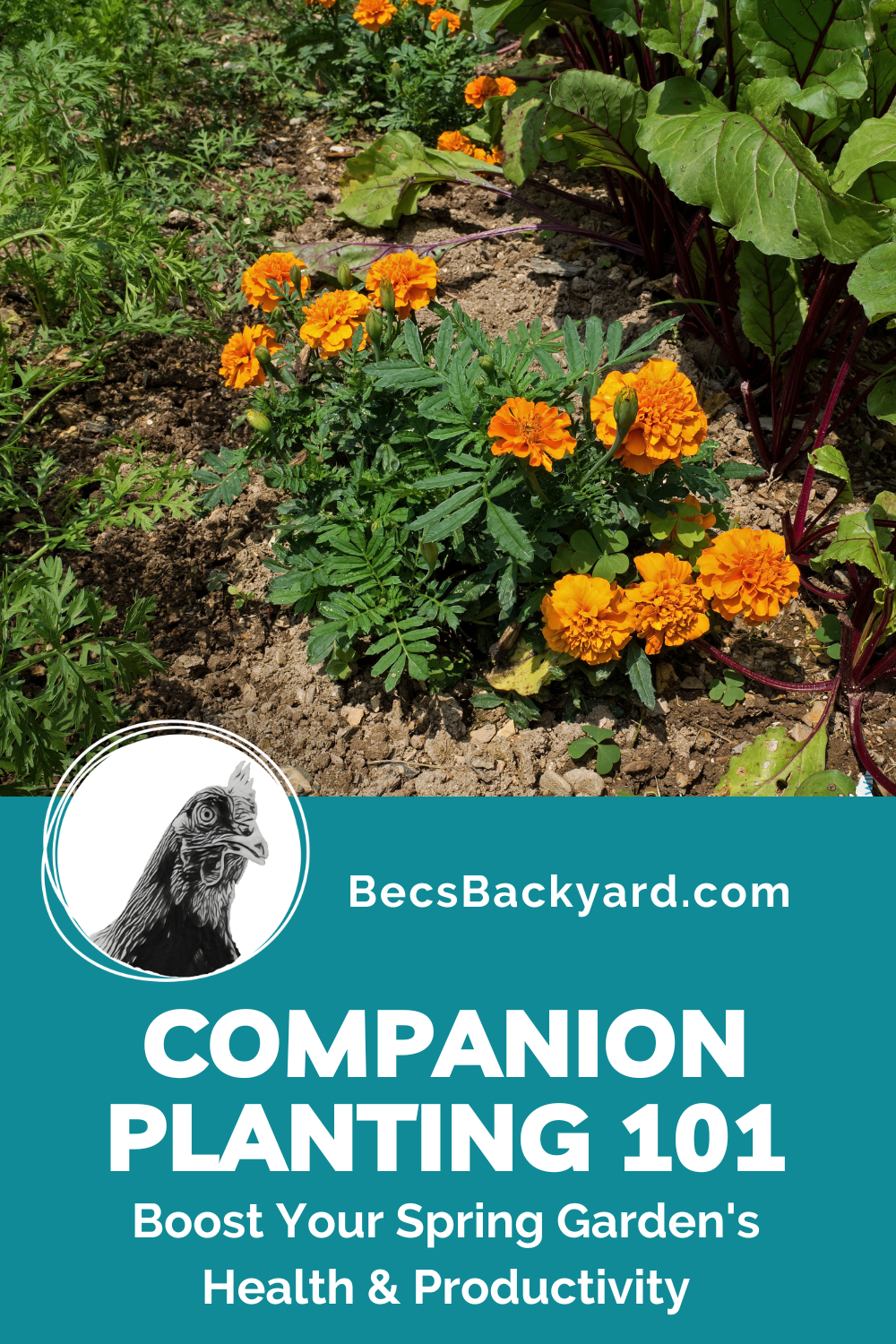
Choosing the Right Plants
Choosing the right companion plants is crucial to the success of your garden. You want to make sure that the plants you choose will complement each other and not compete for resources. Some good combinations for common vegetables and herbs include:
- Tomatoes and basil
- Carrots and onions
- Peppers and marigolds
- Beans and corn
When choosing plants, you should also consider their benefits. For example, some plants repel pests or attract beneficial insects, while others add nutrients to the soil. By choosing companion plants with different benefits, you can create a diverse and healthy garden.
Planting Strategies
There are several common planting strategies that you can use in your garden, such as the Three Sisters, trap cropping, and guild planting.
Three Sisters
The Three Sisters is a Native American method of planting corn, beans, and squash together. The corn provides support for the beans to climb, while the beans add nitrogen to the soil, which the corn and squash need. The squash acts as a natural mulch and helps retain moisture in the soil.
Trap Cropping
Trap cropping is a method of using sacrificial plants to lure pests away from your main crops. For example, you can plant a row of radishes next to your cucumbers to attract cucumber beetles. The beetles will feed on the radishes instead of your cucumbers, protecting your main crop.
Guild planting
Guild planting is a method of companion planting in a mutually beneficial group. For example, you can plant a fruit tree with nitrogen-fixing plants, such as clover or beans, and herbs, such as chamomile or dill. The nitrogen-fixing plants add nutrients to the soil, while the herbs attract pollinators and deter pests.
Benefits of Companion Planting for Pest Control
One of the biggest benefits of companion planting is pest control. Certain plants have natural properties that repel pests, while others attract beneficial insects that prey on pests. Some common plants for pest control include:
- Marigolds, which repel aphids and other pests
- Nasturtiums, which attract aphids away from other plants
- Basil, which repels mosquitoes and flies
- Catnip, which repels flea beetles and mosquitoes
By incorporating these plants into your garden, you can naturally control pests and reduce the need for harmful chemicals.
Benefits of Companion Planting for Soil Health
Another benefit of companion planting is improved soil health. Some plants have the ability to add nutrients to the soil or break up compacted soil. Some companion plants for soil health include:
- Clover, which adds nitrogen to the soil
- Radishes, which break up compacted soil and add organic matter
- Sunflowers, which pull up nutrients from deep in the soil
- Comfrey, which adds potassium and other minerals to the soil
Benefits of Companion Planting for Improved Growth
Some of the benefits of companion planting are pest control and soil health, another benefit of companion planting can also improve the growth of your plants. Some plants have the ability to enhance the flavor of other plants, while others provide shade or support. Some plants for improved growth include:
- Tomatoes and basil, which enhance the flavor of each other
- Cucumbers and sunflowers, which provide shade and support
- Beans and corn, which help each other grow by sharing nutrients and support
By choosing companion plants that complement each other, you can create a healthier and more productive garden.
Tips for Successful Companion Planting
To see the benefits of companion planting and ensure the success of your plantings, there are a few things to keep in mind:
- Plan ahead. Before planting, research the best companion plants for your crops and make a planting plan.
- Rotate your crops. To prevent soil-borne diseases and pests, rotate your crops each year.
- Be mindful of plant spacing. Make sure to give your plants enough space to grow and avoid overcrowding.
- Monitor for pests. While companion planting can help control pests, it’s important to monitor your garden regularly and take action if necessary.
- Experiment and have fun! Companion planting is an art as much as it is a science, so don’t be afraid to experiment and try new combinations.
FAQs
Companion planting is a popular gardening technique that involves planting different crops together to improve soil health, control pests, and increase productivity. Here are some commonly asked questions about companion planting:
What are some examples of companion planting?
There are many different examples of companion planting, including tomatoes and basil, cucumbers and sunflowers, and beans and corn. These plants have been shown to work well together, either by enhancing flavor or providing support and shade.
How does companion planting control pests?
Companion planting can control pests in several ways. Some plants, like marigolds and nasturtiums, have natural pest-repellent properties. Other plants, like onions and garlic, can mask the scent of more vulnerable crops, making them less attractive to pests.
Do I need to have a lot of space for companion planting?
No, you don’t need a lot of space to get the benefits of companion planting. In fact, companion planting can work well in small gardens and even containers. By choosing plants that complement each other and implementing common companion planting strategies, you can make the most of your available space.
Conclusion
Companion planting is a simple and natural way to boost your spring gardens health and productivity. By choosing the right companion plants and implementing common companion planting strategies, you can control pests, improve soil health, and enhance the growth of your plants. Keep these tips in mind for and reap the benefits of companion planting and have a successful and rewarding gardening experience. Happy planting!

